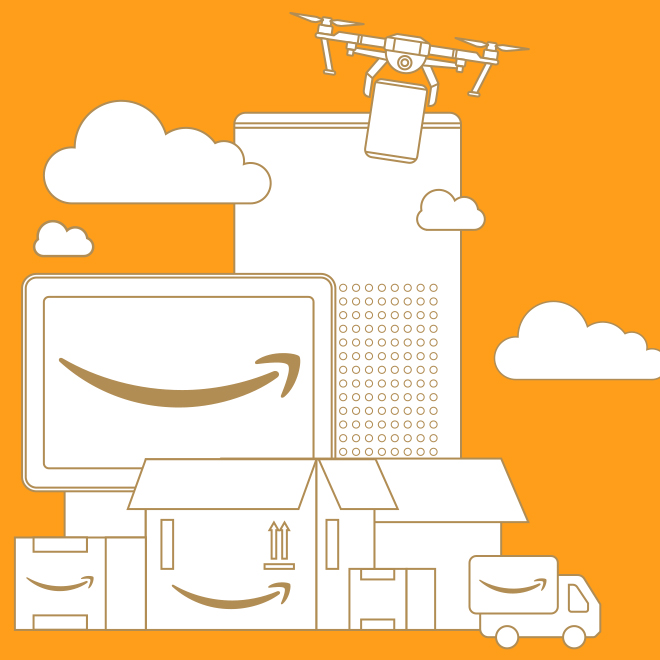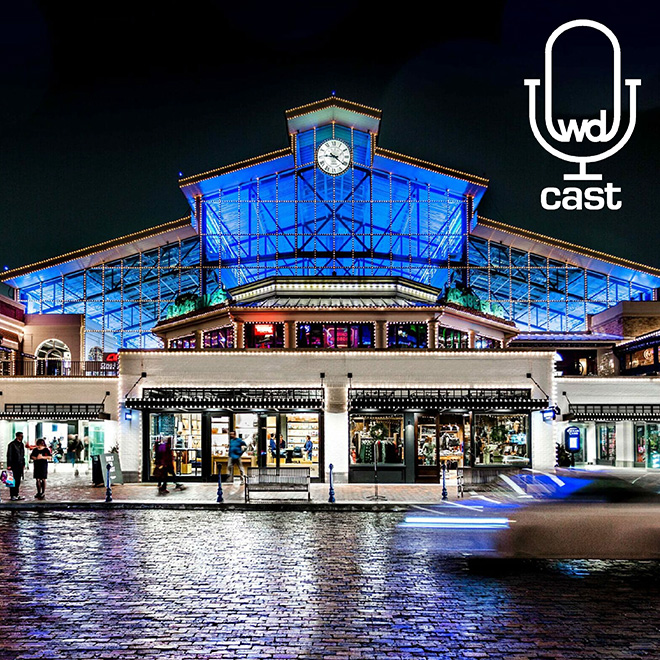3 Ways Grocers Should Invest Their Resources
Strategic Investments for Grocers Navigating the Changing Landscape
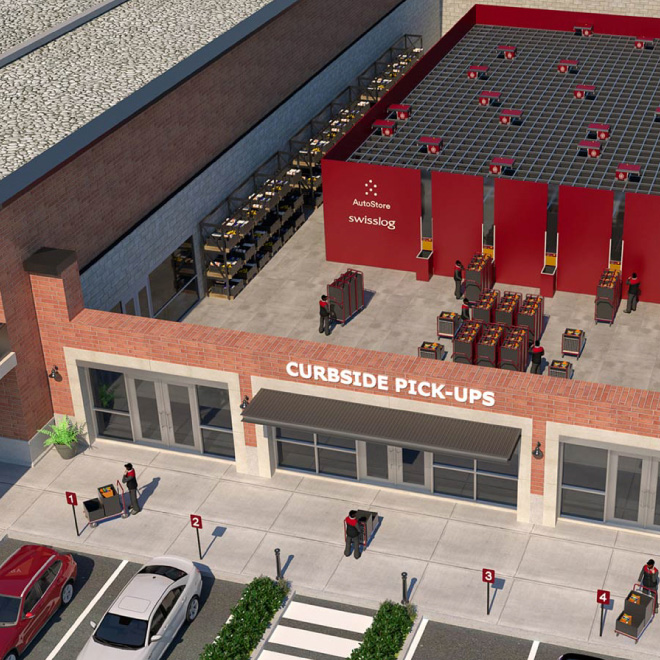
Estimated Read Time: 4 - 5 Minutes
There’s no question that last year changed everything, and the grocery industry is no exception; it was already on its way to innovation as the adoption of eCommerce opened the door to more convenient purchasing options. We know how the grocery industry looked pre-COVID, and we have come to see how they’ve transformed throughout 2020. But what about the future? Where should these retailers be investing their resources to succeed beyond this year of chaos? It’s not as simple as requiring associates to wear PPE in-store. To prepare for the future, grocers must consider shifts in consumer loyalty, reevaluate fulfillment methods, and craft a robust portfolio strategy.
Consumer's Wavering Loyalty
In times that are so uncertain, one may venture to assume that consumers would stick with the brands they know and love. But in reality, things are much different. Research reveals that consumer loyalty has been remarkably volatile during the pandemic. Shoppers are exploring new providers that align with their demands for convenience, product availability, and service quality. In fact, since the start of the crisis, 77% of consumers in the United States have tried unfamiliar shopping behaviors like new channels, stores, and brands1. With the grocery industry in the middle of an extensive and ongoing structural change, grocers need to find ways to keep (or bring) these consumers on their side and make it worth their while.
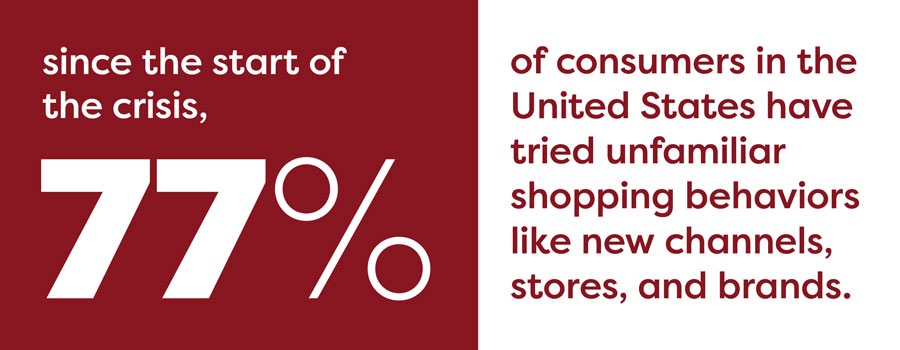
The rise of services like Buy Online, Pick Up In-Store (BOPIS) and grocery delivery has been especially pronounced during the pandemic. And for good reason; as of mid-September 2020, 64% of consumers reported that they had not resumed their “normal” activities outside of their homes. Grocers offering these services and executing them well have gained a competitive edge. To win consumers over, it’s not just about ensuring a safe and sanitized in-store experience; it’s about providing something unique. McKinsey recommends incorporating a paid loyalty program, as these programs tend to boost purchase frequency, amounts, and brand affinity. Crafting a desirable shopping experience is key, and there are various methods to achieve it.
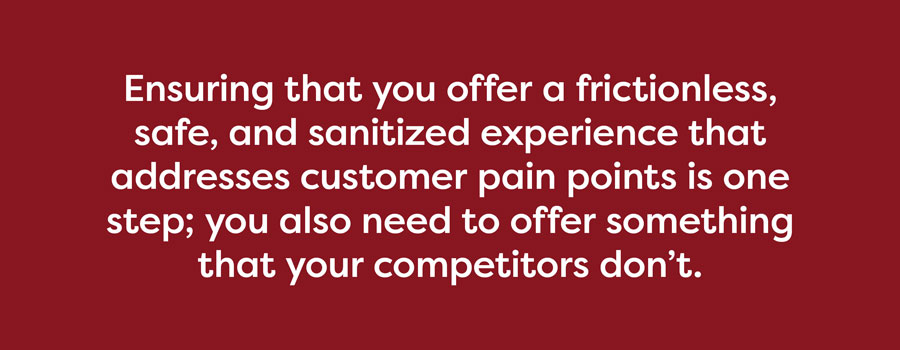
Managing Fulfillment Methods
The increased presence of third-party shoppers and in-store pickers has led to product scarcity on store floors, creating a less-than-ideal shopping experience. Even though grocers had already begun adopting the practice of creating fulfillment centers directly in their physical stores before the pandemic, we feel that it is important to consider this option now more than ever. With over half (54%) of consumers opting for grocery pickup and grocery eCommerce doubling in some cases2, adding these micro fulfillment centers (MFCs) can make in-store picking more efficient, improving the shopping experience for store associates and consumers alike.
With MFCs also comes automation. Prior to COVID, autonomous grocery delivery was a future-forward concept that most consumers thought of as a novelty rather than a necessity. Now, customers and grocery providers welcome the option with excitement as it increases employee efficiency and convenience. It’s been shown to benefit tech start-ups as well; Starship Technologies, Nuro, Refraction AI, and Duece Drone have all created partnerships with major brands like Walmart and CVS to provide automated delivery services in certain areas around the US. And automation doesn’t just apply to deliveries. Stores are also beginning to implement automated pickup kiosks, both in-store and at standalone locations. Regardless of the fulfillment system grocers choose, they must continuously refine and adapt to the evolving landscape. And in this new world, not every store needs to incorporate an MFC; they may just need to take a look at their portfolio strategy.
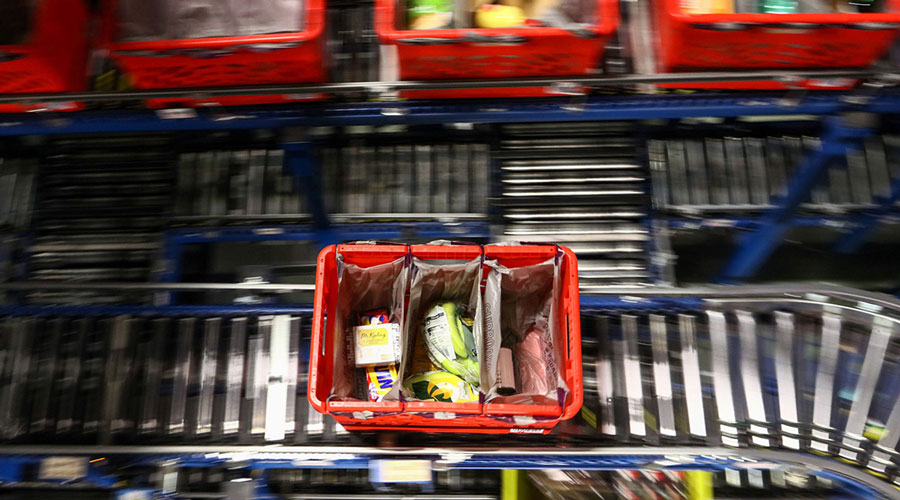
Reevaluating Portfolio Strategy
To navigate the evolving industry landscape, grocers should consider how to leverage existing and new real estate effectively. Getting down to the art and science of your brand is now essential. The traditional grocery model is a thing of the past as online ordering accelerates and consumer sentiment indicates a continued trend in this direction. The great thing about this, though, is grocers now have the opportunity to experiment like never before to see how consumers will respond to new shopping methods like small format smart stores (looking at you, Amazon GO) and dark stores. As we discussed before, MFCs may be incorporated as a new addition in terms of eCommerce fulfillment so long as there is a strategic growth plan outlined for a particular area where market share needs to grow. Experiential showrooms could also be a good addition, allowing shoppers to escape reality and learn about new products in an unfamiliar setting.
Overall, we feel that this method3 is perfect for reevaluating your strategy for today, tomorrow, and beyond:
- Uncover the possibilities for your brand and conceptualize your path forward
- Create a plan to lean into your strengths or to pivot in a new direction
- Design a solution that suits both the needs of your brand and the needs of the consumer
- Scale your innovation by showing up in a meaningful way and evolving to meet your consumer's needs
Tomorrow's Vision
While the future remains uncertain, it is clear that grocers must adapt swiftly, embrace new fulfillment strategies, and not shy away from taking calculated risks in today’s complex business environment. At WD Partners we’ve been helping brands create consumer-centric experiences grounded in sound operational practices and can be scaled across the country for the last 50 years. If you’d like to discuss the topics shared in this article we’d love to connect. Please reach out to the author, Joanne Heyob, at joanne.heyob@wdpartners.com.
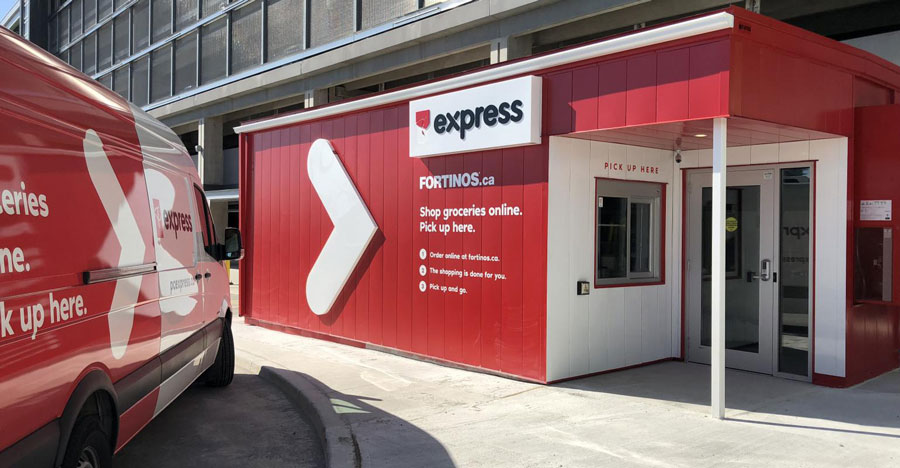

 Joanne Heyob
Joanne Heyob
